#NAFTA
Trump Tells Manufacturers He'll Cut Regulations and Taxes, Renegotiate NAFTA
Ten high-profile manufacturing executives, including Ford CEO Mark Fields and Tesla Motors’ Elon Musk, visited the White House today, where they were informed by President Donald Trump today that he would dramatically reduce corporate taxation and scale down regulations by as much as seventy-five percent.
Trump promised the return of manufacturing plants and jobs within the United States during his campaign. Making it more appetizing for specific companies to do so is an essential aspect of that plan, however, the new President also issued the caveat that companies choosing to invest outside of American soil would have to pay for it.
Automakers Play Nice With Trump, Silently Hope Tariff Talk Was Bluster
Not knowing what to expect from President-elect Donald Trump once he moves into the White House, automakers spend yesterday issuing nice-sounding congratulatory messages that masked an industry-wide concern over what happens next.
Formal pleasantries aside, one automaker feels that Trump’s policies could stand to benefit its bottom line.
What Does Trump's Win Mean for the Auto Sector?
That sound you hear — besides that of pollsters hastily preparing new career paths — is the American automobile industry collectively holding its breath.
Donald Trump’s move from presidential candidate to president-elect, largely the result of disaffected voters in traditional manufacturing hot spots (though a nationwide movement to shake up D.C. can’t be ignored), could spell a tumultuous near future for automakers.
“May you live in interesting times,” the saying goes. How interesting remains to be seen.
Donald Trump Still Doesn't Understand How NAFTA Works
Donald Trump, while on the campaign trail in Michigan, is still promising to apply a 35-percent import tariff on vehicles built by Ford if it continues with plans to expand operations in Mexico, even though Trump wouldn’t have the authority to implement a tariff as president, reports The Detroit Free Press.
“We are going to do something that is going to (be) great (and) a very big beneficiary is going to be Michigan,” Trump said while speaking to supporters at Macomb Community College on Friday. “The car business is being abused more than most other businesses. … Mexico is becoming the new China.”
And we all know how much Trump looooooooves China.
Ford Fueled Record Profits in 2015 With Truck Sales, China Surge
Ford announced Thursday that it had earned a record pre-tax profit of $10.8 billion for 2015 — including $2 billion in the fourth quarter — bolstered by pickup sales in the U.S. and strong growth in China.
The record-setting year for the automaker wasn’t much of a surprise — second- and third-quarter results set records along the way — but Ford’s ability to finally turn a profit in Europe may be the most unexpected news. The automaker had lost money in Europe since 2011.
Latin America, notably Brazil, will continue to be a sore spot for Ford and other automakers. Ford said Thursday it expects to lose more money there in 2016 than the $832 million it lost there in 2015.
Republican Hopeful Donald Trump Threatens Ford With Tariffs Over Mexico
Republican presidential hopeful and billionaire Donald Trump wants to bring the pain via punitive tariffs to Ford for manufacturing vehicles in Mexico.
Mexico, Southeastern US Besting Canada, Detroit In Auto Manufacturing
Despite being unified on the trading front, Mexico and the Southeastern United States are besting Canada and Detroit in the automotive industry game.
Kia Officially Launches Brand In Mexico, Sales Beginning In July
Kia officially announced Wednesday it is launching the brand in Mexico, with sales to begin July 1 of this year.
Daimler Expanding Sprinter Production To North America
When Daimler begins production of its next-gen Sprinter, quite a few of the vans will be leaving an assembly line somewhere in North America.
First 4,000 2015 Nissan Rogues Leave South Korea For NAFTA Market
Right now, 4,000 2015 Nissan Rogues are on their way from South Korea to North America, supplementing production of the crossover in Smyrna, Tenn. as part of an agreement signed between Renault Group, Nissan and Renault Samsung Motors in 2012.
BMW Brings New North American Plant To Mexico
It’s official: BMW’s second North American assembly plant will be built in Mexico, with production to begin in 2019.
BMW To Announce Second North American Factory Before Summer Break
Still mulling over where to build a second North American factory, BMW CEO Norbert Reithofer stated his company would have an answer before the automaker goes on summer break.
Mexico Besting Japan, Canada In Auto Exports To The U.S.
Mexico’s auto industry is set to ship more product north to the United States than Japan and Canada by the end of 2015, in part due to the effects the North American Free Trade Agreement has had on the country since its signing two decades ago.
S.O.B: China Retreats From Mexico
Think the US is drowning in cheap Chinese goods? Think again. Production is rapidly going South. According to corporate consultant AlixPartners, Mexico has leapfrogged China to be ranked as the cheapest country in the world for companies looking to manufacture products for the U.S. market. India is now No. 2, followed by China and then Brazil.
A number of Chinese car manufacturers have tried to use NAFTA’s soft underbelly as an entry into North America. Zhongxing, FAW, Geely, ChangAn and more announced plans to Hecho en México. One by one, they have been shelving the plans. Cheap production is one thing. Lack of customers another. This summer, FAW cancelled plans for a Mexican manufacturing plant. Before, Geely and Zhongxing had said “bu hao” and packed up.
China’s ChangAn was thought to have the most robust stomach for Mexican food. Looks like they also lost their appetite.



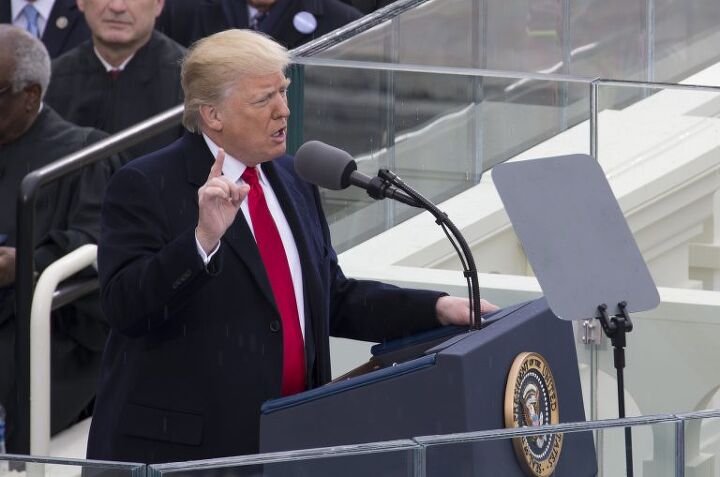


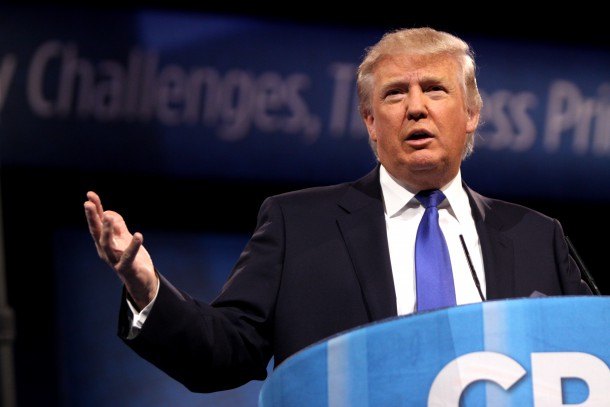
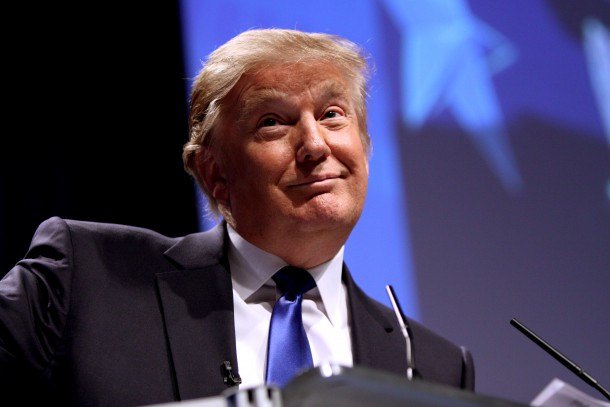


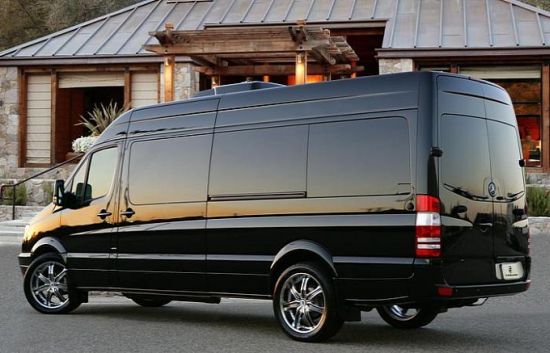

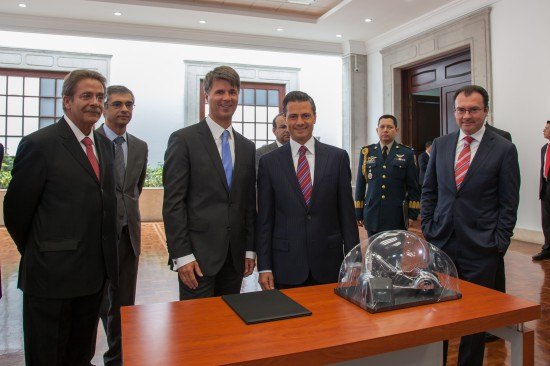

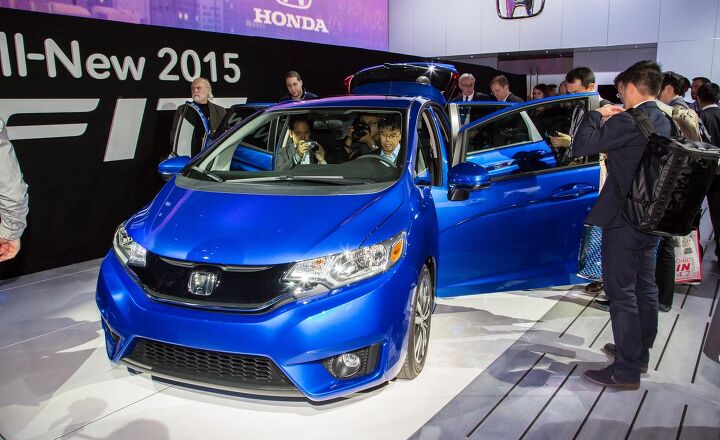













Recent Comments